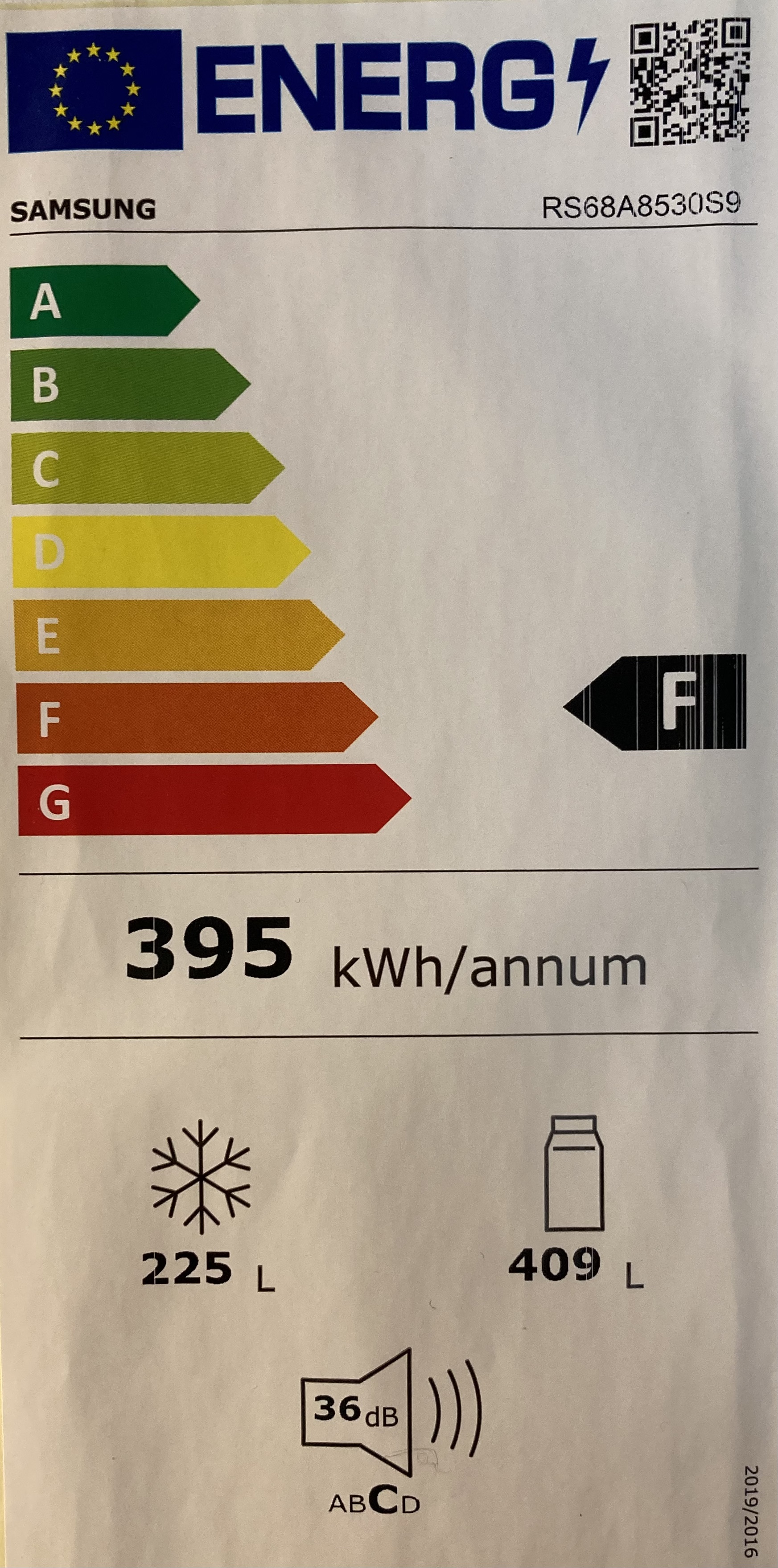5.2a – Electricity in the home
For electricity, a kilowatt-hour () is the energy supplied when a device is switched on for , or device is switched on for (). More information about how a kilowatt-hour relates to a joule in the Electricity and Magnetism module (see 7.3a – Same, same but different).
Example question
How many units are used when a kettle is switched on for ?
You can remind your students that in there are , so in there are , for example.
The electricity meter reads the number of units ()
transferred since the meter was installed. Your electricity bill is based on
the number of units used per quarter (3 month-period) multiplied by the price
per unit, plus a standing charge (a fixed daily charge regardless of how
much electricity is used).
Remind your students that the electricity bill is based on the increase in units used since the last bill, not the meter reading itself.
Some students may be affected by increases in electricity bills, so this topic can be very relevant.
Electricity bills can be reduced two ways: paying less per unit or using fewer units.
- Changing electricity suppliers when a contract expires normally reduces the cost per unit. In late 2021, wholesale prices rose so much that it was often cheaper to stay with the existing supplier on a price-capped tariff.
- Using more efficient appliances, switching them off at the plug or using them for a shorter time reduces the number of units used. It is sensible to turn equipment off at the plug where possible but this may not save much because appliances like TVs and computers can only be sold if their standby power is below a certain amount.
 Appliance efficiency is rated from A (most efficient) to G (least efficient). Less efficient devices are being phased out and replaced by more efficient devices, for example LED bulbs (A) instead of filament bulbs (D). More efficient appliances may cost more, but their
running costs are lower.
Appliance efficiency is rated from A (most efficient) to G (least efficient). Less efficient devices are being phased out and replaced by more efficient devices, for example LED bulbs (A) instead of filament bulbs (D). More efficient appliances may cost more, but their
running costs are lower.
If an older appliance still works, the cost of buying a new appliance need to be balanced against savings in running costs. Payback time is the time taken for lower running costs to cover the cost of buying the new item.
Consider if it’s worth paying more just to improve efficiency. The payback time for LED lightbulbs used for hours each day is shorter than the payback time for a hairdryer which may be used for less than an hour a week.
Try asking students these questions in relation to their own home:
- How many units were used in their house over the last 24 hours?
- How much did the electricity used in the past 24 hours cost?
- How could they find out?
- Which device (and/or activity) used most electricity in the past month?
Calculating how much each device or appliance used is harder, but it can be estimated by using their power and total time they’re on. Although exact figures vary, OvoEnergy estimates a typical bill includes 20% for washing machines/dishwashers and 15% each for cooking, for lighting, for fridges/freezers, and for electronics (TV, laptop etc).
The scale used to compare the efficiency of appliances changed recently, with the scale of A+++ to G being phased out, so that a simplified system for A to G can be used instead.
This link has more information about energy labels: https://energylabel.org.uk/
5.2 – Energy in a domestic context – home
